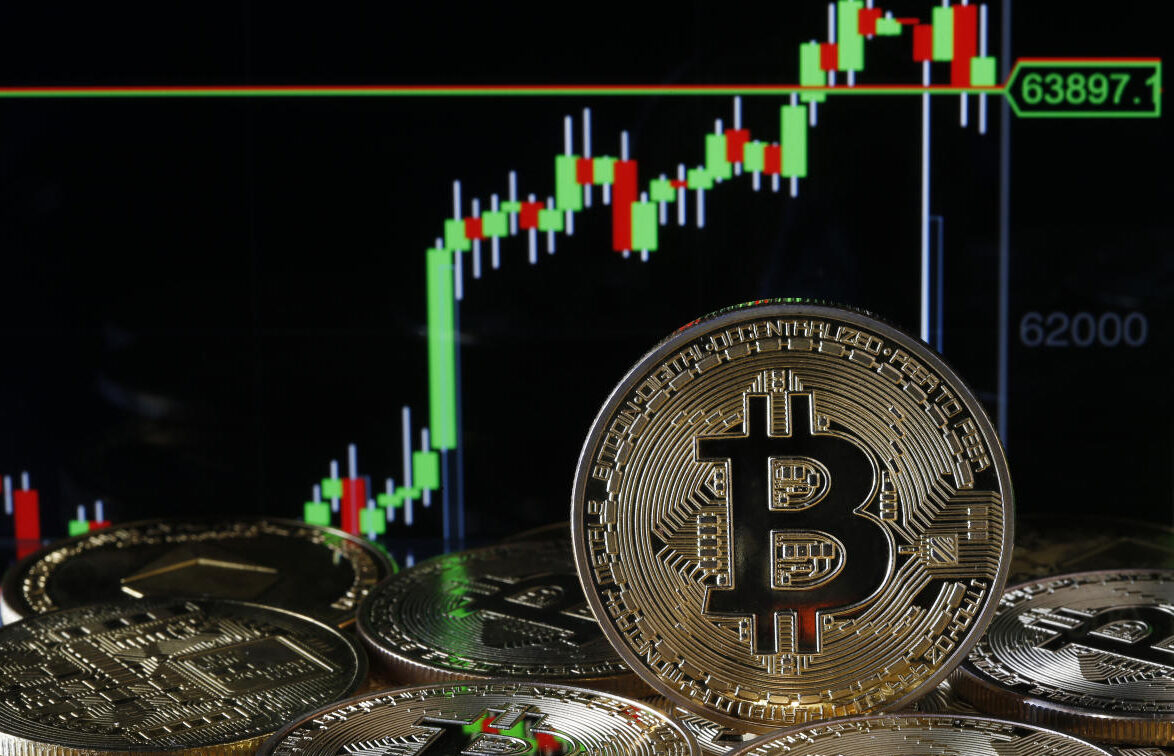
Bitcoin Price Volatility Key Factors and Future Outlook
Long recognized for its price volatility, Bitcoin (BTC) draws in and scares investors depending on this feature. For those in the cryptocurrency space, this volatility is sometimes perceived as a feature of Bitcoin’s potential for great riches, but it also carries significant risk. Many are questioning as the market for cryptocurrencies develops: will the Price Volatility of Bitcoin spike once more shortly? The elements causing Bitcoin’s volatility and the reasons behind the possible future increase will be discussed in this essay.
Bitcoin Price Volatility Factors
The price volatility of Bitcoin is caused by the fast and erratic changes in its value. Given its higher volatility than conventional assets like stocks or gold, Bitcoin is unique in the Bitcoin market. Within hours, a price increase or decline might present both chances and difficulties for investors.

Given its relatively tiny market capitalization in the world financial markets, Bitcoin is very erratic. This implies that even little variations in demand or big trades can significantly impact prices. Furthermore, Bitcoin’s distributed character makes it less dependent on conventional central banks or financial institutions, making it more vulnerable to outside influences such as legislative developments and speculative trading.
Bitcoin’s Price Volatility
There are several reasons why Bitcoin’s price swings occur. Knowing these elements will enable one to forecast when Bitcoin’s volatility could explode.
Regulatory Impact on Volatility
One of the most influential factors affecting Bitcoin’s volatility is the uncertain regulatory environment surrounding cryptocurrencies. Governments worldwide are still figuring out how to regulate Bitcoin and other cryptocurrencies. In the United States, for instance, the debate continues about whether Bitcoin should be classified as a commodity, a currency, or a security. Such regulatory uncertainty can lead to price swings, mainly when significant developments occur.
For example, if a country like the U.S. or China introduces a ban on Bitcoin trading or imposes heavy regulations, the market may react sharply, causing Bitcoin’s price to drop. On the other hand, positive regulatory news, such as the potential approval of a Bitcoin ETF, could lead to a price increase. As these regulatory developments continue, Bitcoin’s price is likely to experience surges in volatility.
Institutional Bitcoin Influence
In recent years, institutional investment in Bitcoin has grown significantly. Hedge funds, publicly traded companies, and even large-scale financial institutions have entered the Bitcoin market. This increased institutional participation has given Bitcoin more legitimacy but also introduced new sources of volatility.
Institutional investors tend to make large trades based on economic reports, central bank decisions, or market trends, which can cause significant price fluctuations. Furthermore, these investors often react to shifts in market sentiment, excitement around Bitcoin’s potential, or fear of an impending crash. As a result, the movements of large institutional investors are becoming a major driver of Bitcoin’s price swings.
Bitcoin Price Dynamics
Bitcoin is often referred to as “digital gold” due to its potential as a store of value in times of economic instability. When inflation rates rise or when fiat currencies experience depreciation, many investors turn to Bitcoin as a hedge against traditional financial systems. This can lead to increased demand and, consequently, a price surge.
However, Bitcoin’s price can also be impacted by negative macroeconomic factors. For example, during a global financial crisis or market correction, Bitcoin, like other speculative assets, may drop in value as investors seek safer assets. The global economic environment, including central bank policies, interest rates, and inflation, plays a crucial role in Bitcoin’s price behavior
Bitcoin Price Drivers
Bitcoin’s underlying technology, the blockchain, constantly evolves, and new technological developments or upgrades can influence its price volatility. For instance, implementing network upgrades, such as the Taproot upgrade in late 2021, can improve Bitcoin’s functionality and increase investor confidence, leading to a surge in demand.
Conversely, concerns about Bitcoin’s scalability, security, or competition from other cryptocurrencies can lead to price drops. If a significant flaw is discovered in Bitcoin’s blockchain or a competing technology like Ethereum introduces innovations that attract more developers or users, Bitcoin may lose market share, and its price could be affected.
Bitcoin Price Volatility
Another key factor contributing to Bitcoin’s volatility is its market liquidity. Bitcoin’s relatively low liquidity compared to traditional assets means it can be heavily influenced by large trades or sudden shifts in investor behavior. The price can swing dramatically quickly when the market experiences a surge in demand or a significant sell-off.
Speculation also plays a significant role in Bitcoin’s price movements. Retail investors often speculate on Bitcoin’s price, trying to capitalize on short-term fluctuations. This speculative activity is further amplified by media coverage, which can fuel the FOMO (fear of missing out) effect. As news spreads—positive or negative—it can quickly influence market sentiment and lead to significant price changes.
Potential Bitcoin Volatility
Considering the foregoing elements, it is logical to assume that the price volatility of Bitcoin might explode not too far ahead. Several vital events probably help to explain this possible volatility:

Regulatory clarity: As more governments worldwide implement Bitcoin, Market reactions to both positive and negative changes could arise. A significant legislative change could cause volatility to spike in either the form of a price increase brought on by good regulation or a drop should new regulations be seen as constrictive.
As more institutional investors join the market, the price swings of Bitcoin can become more noticeable. As witnessed by companies like Tesla adding Bitcoin to their balance sheets, big institutional trades or statements by big corporations can cause notable price swings.
Final thoughts
One of Bitcoin’s defining qualities is its price volatility, which is influenced by a complicated interaction of elements ranging from macroeconomic trends and technology innovations to institutional investments and legislative developments. As these elements change, the volatility of Bitcoin could show notable swings. Navigating the uncertain terrain of cryptocurrency markets depends on investors knowing the reasons behind the price swings and getting ready for possible changes.







